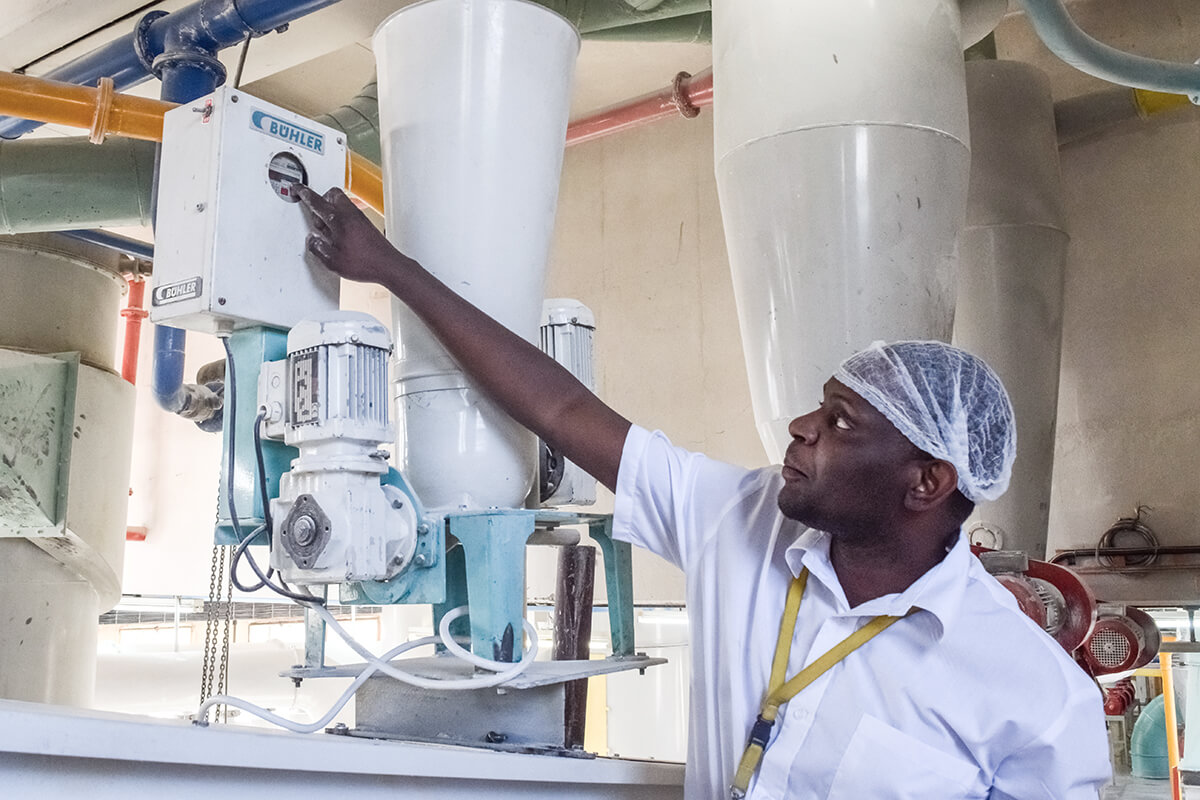- Capital productivity is a measure of how efficiently a business uses its capital to generate revenue.
- It is an important concept for any business as it allows managers to assess how well they are utilizing their capital investments. In this section, we will explore what capital productivity is, its features, the factors that affect it, the importance of understanding it, and how it can be improved.
Features of Capital Productivity
- Capital productivity is the measure of how efficiently a business uses its capital to generate revenue.
- It is calculated by dividing the business’s revenue by its capital investment.
- Capital investment includes any resources a business uses to produce goods and services, such as buildings, equipment, and technology.
- The higher the capital productivity, the more efficiently a business is using its capital to generate revenue.
- Capital productivity can be used to compare the performance of different businesses within the same industry.
Factors that Affect Capital Productivity
- The quality and condition of the capital investments can have a significant impact on capital productivity. For example, a business that invests in new, modern equipment may be able to produce goods more efficiently than a business that uses outdated equipment.
- The level of employee training and expertise can also affect capital productivity. Highly skilled employees are typically more efficient at using equipment and technology to produce goods and services.
- The level of demand for a business’s products or services can also impact its capital productivity. If demand is high, a business may be able to generate more revenue using the same level of capital investment.
Importance of Understanding Capital Productivity
- Understanding capital productivity is essential for operations managers and business owners as it allows them to assess how well they are utilizing their capital investments.
- By understanding capital productivity, managers can identify areas where they can improve efficiency and reduce costs, such as investing in new equipment or improving employee training.
- Improving capital productivity can lead to increased profitability and a competitive advantage in the market.
How to Improve Capital Productivity?
- Investing in new, modern equipment can improve capital productivity by reducing downtime and increasing efficiency.
- Providing regular training to employees can improve their skills and expertise, which can lead to increased efficiency and productivity.
- Conducting regular maintenance and repairs on equipment can also improve capital productivity by reducing downtime and prolonging the lifespan of capital investments.
Worked Example
Assume a company generates $1,000,000 in revenue and has a capital investment of $500,000. To calculate capital productivity, we would divide the revenue by the capital investment:
Capital Productivity = $1,000,000 ÷ $500,000 = 2
This means that the company generates $2 in revenue for every $1 of capital investment. A higher capital productivity indicates that the company is using its capital more efficiently to generate revenue.




